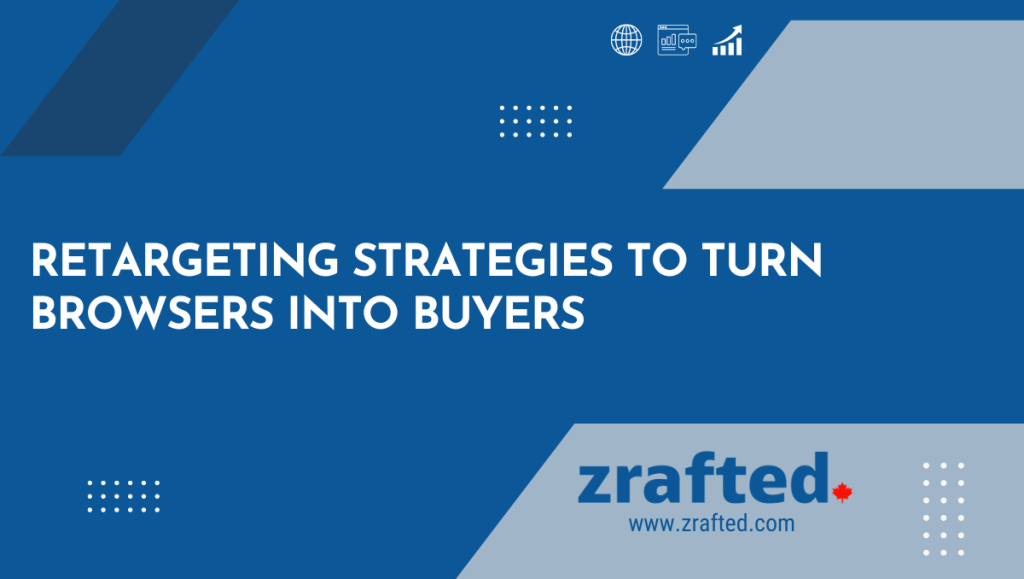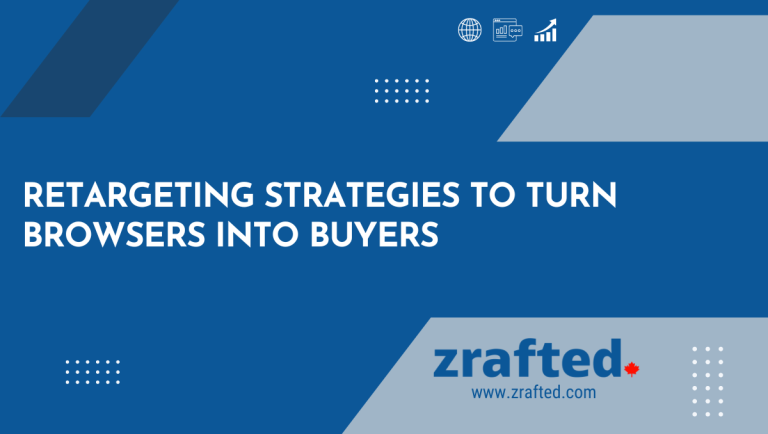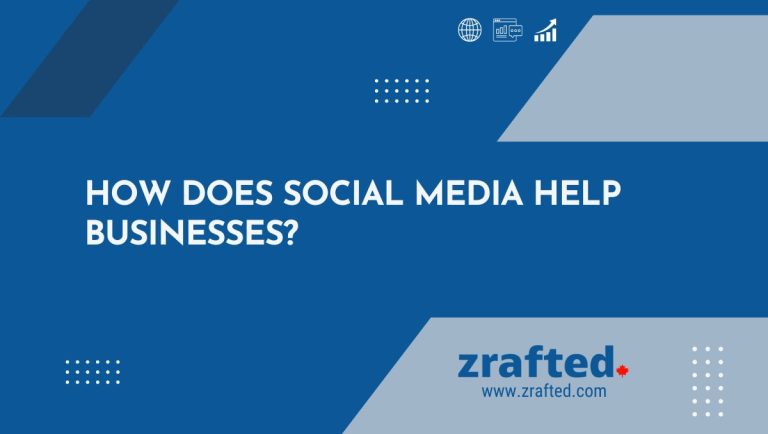What is Social Media Retargeting?
Social media retargeting refers to the practice of using a social platform to display customized advertisements to a specific audience that has previously visited your website. Here is an illustration of a dynamic social media retargeting campaign experience:
A visitor browses one or more pages on your website, thereafter departs from your site, and proceeds to use Instagram. Consequently, products from your site are presented to them as an advertisement in their Instagram feed.
How Does Social Media Retargeting Work?
Social media retargeting operates through using data obtained from a pixel that is installed on your website, originating from the desired social platform for retargeting purposes. Examples of platforms include Facebook, Instagram, Pinterest, and TikTok. This pixel collects data on the interactions between site users and your website.
Subsequently, the collected data is utilized to deliver targeted advertisements to the individuals who have previously visited your website on the corresponding social media platform.
After mastering the fundamentals of retargeting, you can enhance your approach by categorizing your audience according to their habits and other criteria. This will ensure that the advertisements they receive are relevant and optimized for achieving conversions.
Retargeting Strategies that Drive Conversions
Web browsers are really useful, but are you aware of something that exceeds their excellence?
Buyers.
Despite the considerable effort invested in attracting visitors to your ecommerce website, it is sometimes overlooked how crucial it is to convince them to make a purchase. With a staggering sum of $4.2 trillion in 2020, e-retail is a profitable industry that rewards those who excel in ecommerce. The challenge is convincing clients that your company is the best fit for them.
There is no requirement for you to acquire knowledge of psychological manipulation techniques or complex programming in order to increase your ecommerce conversion rate. Simply applying a rational and practical strategy to your website, together with a few prompt solutions, is all that is required. Sounds good?
Here are the effective strategies to increase your sales and enhance the rate at which visitors to your website become buyers.
Design a Clear, Appealing Webpage
It is widely acknowledged that initial impressions are significant, and this applies to the design of your website as well. Your website should be both user-friendly and visually appealing, as it is the first impression potential clients will have of your business. If the environment appears excessively congested or navigation is challenging, visitors will promptly seek alternative options for their business.
Utilize IoT automation technologies to advertise certain products to visitors and provide a variety of filters to facilitate easy navigation for users searching for specific items. In addition, ensure that your website is regularly updated with the current inventory to prevent customers from wasting their time. There are few things more frustrating than investing a significant amount of time in the pursuit of a product, only to discover that it is no longer available for purchase.
(Continue reading to learn more about why you should have a website for your business)
Give Plenty of Information
Prioritizing quick navigation and an aesthetically beautiful design are essential for an ecommerce website, as previously said. Nevertheless, it is imperative that you do not make any concessions when it comes to providing your customers with sufficient information. Both the pictures and descriptions should be comprehensive, ensuring that the customer is equipped with all the necessary information. Here are some crucial particulars you can incorporate:
- Product information (product name, features, customization choices)
- Price
- Discounts or promotions
Incorporating size comparison photographs and product warnings can further enhance your well-crafted product offering. Ensure that the photographs are of superior quality, enabling clients to perceive intricate details. This demonstrates transparency and the absence of any concealed information.
Additional details on postage, packaging, or payment methods can be beneficial. To ensure clients can make fully informed decisions, it is preferable to provide upfront information about any additional prices before they reach the checkout stage. The challenge of locating this information or uncovering it too late throughout the purchasing process might be a source of frustration for customers and lead to individuals who are merely browsing without making a purchase.
Personalize the Customer Experience
Online shopping can become laborious when clients are overwhelmed with an abundance of options. Naturally, you may desire to advertise and market a wide range of your products, but doing so can have negative consequences for your own organization. Instead, offering visitors a more limited range of choices tailored to their browsing habits and recent search history is more likely to result in them making a purchase.
Categorize your products or suggest frequently-purchased items that are related. This demonstrates your consideration of the digital customer experience as more than just a prospective transaction and your effort to address customers’ individual requirements. Personalized advertising can choose to focus on those who are more likely to have an interest in the product or service being offered, rather than adopting a generalized and undefined strategy.
Use Marketing Psychology
Specific words and phrases have a lasting impact on our memory, such as “one left!” or “last chance!”. These encourage browsers to make a prompt purchase of the product before it becomes unavailable. By instilling a feeling of urgency, the visitor transitions from casually browsing to making immediate choices. Applying these names to items can attract specific attention to them by employing human behavioral principles.
A/B Testing and Optimization
Optimizing websites and doing A/B testing have become crucial resources for companies trying to boost their online presence. Businesses can determine which design, copy, and functionality components are most successful in capturing users’ attention and converting them into sales by experimenting with multiple versions of a website or app. Continuous development is especially crucial when it comes to retargeting—that is, focusing on people who have already expressed interest in a good or service.
In order for businesses to optimize their retargeting efforts and make sure that the correct audiences are receiving the most effective messaging, A/B testing and optimization are essential components of this process.
Display Social Proof
Individuals are significantly more likely to heed recommendations from other people than from your business. Giving potential customers social proof of your product‘s desirability helps to confirm in their minds that it is well-liked. It’s one of those psychological triggers that increases our desire for a certain item and persuades people to buy it.
Social proof is the digital version of showing up at school with the latest, trendy product that everyone is talking about, whether it be through product reviews, ratings, or letting customers “like” their favorite things. Having a sizable quantity of evaluations endorsing your products additionally increases your reliability and dependability.
Meet the Buyer Where They’re
A PayPal study states that 77% of recreational mobile visitors make impulsive purchases. You should have a mobile-friendly website if you want people to make those impulsive purchases on it.
A basic webpage that looks decent on a laptop screen is no longer sufficient. You want your clients to enjoy a positive online experience, regardless of the device they use to access your website. Social media shopping is also becoming more and more popular, with apps like Facebook and Instagram adding additional purchasing features. You also need to be present here if your ideal customer is scrolling through these. With the help of omnichannel marketing, you can keep track of all of these and make a good impression at every retail location.
(Brush up your skills with the essential elements required for every website)
Final Thoughts
Whether you are new to e-commerce or have been involved from the beginning, there is always room for improvement. Making things as plain and easy for customers as possible is usually a good start, but staying on top of the latest advancements may be a laborious task. Your website’s presentation has the power to routinely turn browsers into buyers with only a little persuasion on your part.
Lorem ipsum dolor sit amet, consectetur adipiscing elit. Ut elit tellus, luctus nec ullamcorper mattis, pulvinar dapibus leo.





